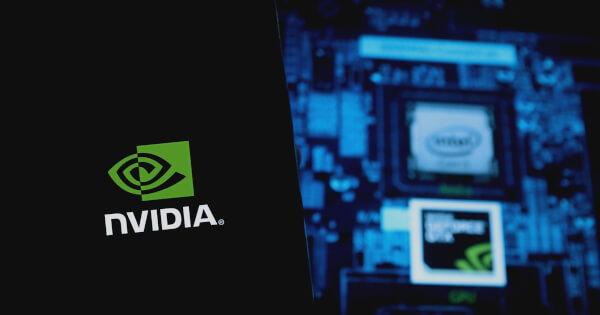NVIDIA’s Breakthrough: How Post-Training Quantization Supercharges Large Language Models
NVIDIA just cracked the code on leaner, meaner AI. Their new post-training quantization techniques slash computational overhead while keeping large language models (LLMs) razor-sharp—no performance trade-offs. Wall Street analysts are already pricing in the hype, naturally.
Why this matters: Shrinking AI's carbon footprint—and cloud bills
By compressing models post-training, NVIDIA bypasses the need for energy-hungry retraining cycles. Suddenly, running GPT-4 doesn't require a small nation's power grid. CTOs are salivating over potential infrastructure savings (though they'll probably just reallocate budgets to more blockchain experiments).
The technical magic: Precision without the bulk
The method preserves 99% of original model accuracy while cutting parameter sizes by up to 4x. That's like fitting a data center into a gaming rig—if that gaming rig cost $40,000 and required liquid cooling.
Quantization's dark side: The edge case dilemma
Some niche tasks still suffer with compressed models. But let's be real—most enterprises can't tell the difference between 98.7% and 99.2% accuracy. Especially when the alternative is explaining another seven-figure AWS invoice to shareholders.
Final thought: NVIDIA's playing chess while others play checkers. As AI models balloon, their quantization tech might be the only thing preventing data centers from consuming the planet. Unless crypto mining has first dibs.

NVIDIA is pioneering advancements in artificial intelligence model optimization through post-training quantization (PTQ), a technique that enhances performance and efficiency without the need for retraining. As reported by NVIDIA, this method reduces model precision in a controlled manner, significantly improving latency, throughput, and memory efficiency. The approach is gaining traction with formats like FP4, which offer substantial gains.
Introduction to Quantization
Quantization is a process that allows developers to trade excess precision from training for faster inference and reduced memory footprint. Traditional models are trained in full or mixed precision formats like FP16, BF16, or FP8. However, further quantization to lower precision formats like FP4 can unlock even greater efficiency gains. NVIDIA's TensorRT Model Optimizer supports this process by providing a flexible framework for applying these optimizations, including calibration techniques such as SmoothQuant and activation-aware weight quantization (AWQ).
PTQ with TensorRT Model Optimizer
The TensorRT Model Optimizer is designed to optimize AI models for inference, supporting a wide range of quantization formats. It integrates seamlessly with popular frameworks such as PyTorch and Hugging Face, facilitating easy deployment across various platforms. By quantizing models to formats like NVFP4, developers can achieve significant increases in model throughput while maintaining accuracy.
Advanced Calibration Techniques
Calibration methods are crucial for determining the optimal scaling factors for quantization. Simple methods like min-max calibration can be sensitive to outliers, whereas advanced techniques such as SmoothQuant and AWQ provide more robust solutions. These methods help maintain model accuracy by balancing activation smoothness with weight scaling, ensuring efficient quantization without compromising performance.
Results of Quantizing to NVFP4
Quantizing models to NVFP4 offers the highest level of compression within the TensorRT Model Optimizer, resulting in substantial speedups in token generation throughput for major language models. This is achieved while preserving the model's original accuracy, demonstrating the effectiveness of PTQ techniques in enhancing AI model performance.
Exporting a PTQ Optimized Model
Once optimized with PTQ, models can be exported as quantized Hugging Face checkpoints, facilitating easy sharing and deployment across different inference engines. NVIDIA's Model Optimizer collection on the Hugging Face Hub includes ready-to-use checkpoints, allowing developers to leverage PTQ-optimized models immediately.
Overall, NVIDIA's advancements in post-training quantization are transforming AI deployment by enabling faster, more efficient models without sacrificing accuracy. As the ecosystem of quantization techniques continues to grow, developers can expect even greater performance improvements in the future.
Image source: Shutterstock- ai
- quantization
- nvidia

